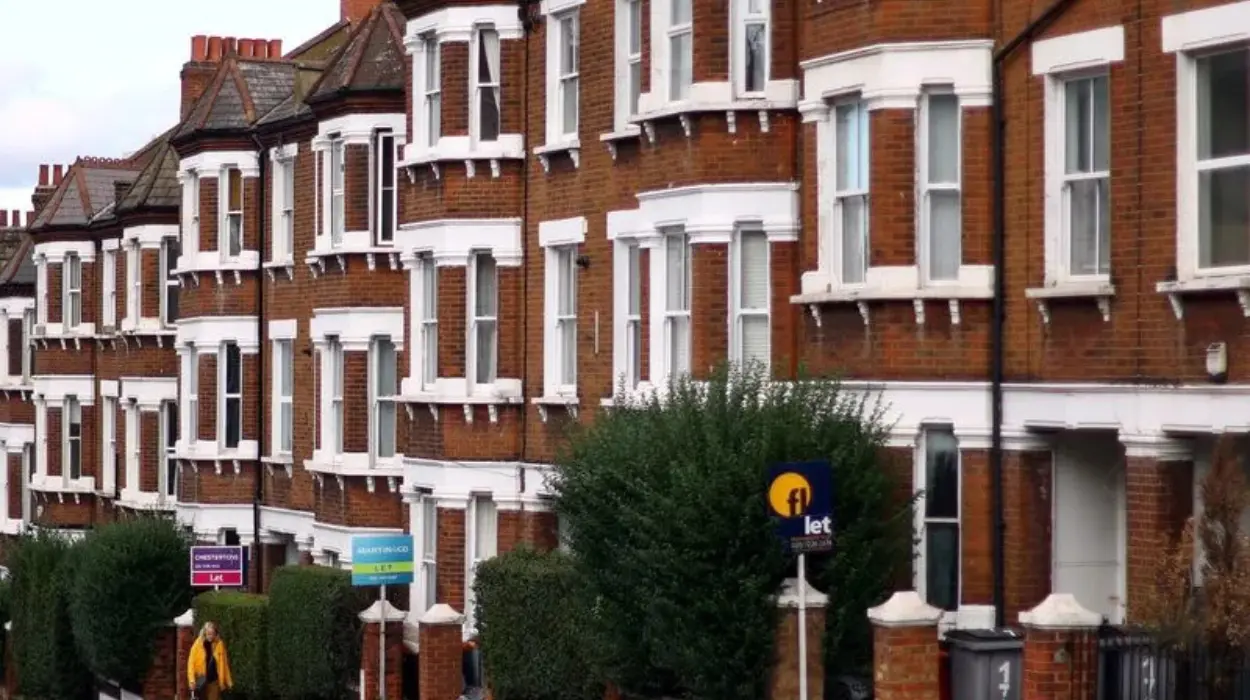UK (Parliament Politics Magazine) – Halifax reports a £1,080 rise in UK house prices in July, with values up 2.4% annually, backed by easing borrowing costs and stable market activity.
As reported by The Independent, UK house prices increased by 0.4% in July, adding over £1,000 to the average property value.
The average UK property price surged from £297,157 in June to £298,237 in July.
House prices rise in the UK regions
Halifax reported home prices in Northern Ireland surged 9.3% over the year, making it Britain’s best-performing region.
The banking data reveals average house prices increased by 4.7% in Scotland and 2.7% in Wales.
In England, land prices rose most sharply in the North West and Yorkshire and the Humber, recording a 4.0% year-on-year increase.
What did Halifax say about the July house price rise?
Amanda Bryden, chair of mortgages at Halifax, stated,
“UK house prices rose in July, up by 0.4% (£1,080 in cash terms), the biggest monthly increase since the start of this year.”
She said,
“The average house price is now £298,237, 2.4% higher than a year ago. While the national average remains close to a record high, it’s worth remembering that prices vary widely across the country depending on a number of factors, not least location and property type.”
Ms Bryden stated,
“Challenges remain for those looking to move up or on to the property ladder. But with mortgage rates continuing to ease and wages still rising, the picture on affordability is gradually improving.”
She added,
“Combined with the more flexible affordability assessments now in place, the result is a housing market that continues to show resilience, with activity levels holding up well. We expect house prices to follow a steady path of modest gains through the rest of the year.”
What did Alice Haine say about housing market trends?
Alice Haine, a finance expert at Bestinvest by Evelyn Partners, added,
“Housing market activity is picking up, driven by increased listings, easing borrowing costs and a relaxation of mortgage lending rules.”
What did Thomas Lambert say about rising house prices despite stamp duty changes?
Thomas Lambert, a financial planner at wealth manager Quilter, stated,
“This improvement comes despite the lingering impact of stamp duty threshold changes earlier in the year, which have increased upfront costs for many buyers and us being deep into the summer lull.”
He added,
“While mortgage rates have drifted lower and affordability rules have been eased, many households are still constrained by high living costs and sluggish income growth. For first-time buyers, even small increases in rates or property prices can make the difference between buying and staying put.”
Mark Harris’s views on improving mortgage affordability
Mark Harris, CEO of mortgage broker SPF Private Clients, stated,
“Mortgage rates continue to edge downwards, but it’s not just pricing that is improving, with lenders also broadening policy, including increasing loan-to-income caps and lowering some income requirements, which is boosting affordability.”
What did Tom Bill say about the housing market recovery?
Tom Bill, chair of UK residential research at Knight Frank, stated,
“The UK housing market is getting back on its feet following the disruption of April’s stamp duty cliff edge, but high levels of supply are keeping prices in check.”
He said,
“We expect low single-digit annual growth by the end of the year, but that depends on the content of the autumn budget. Some parts of the economy are already adopting the brace position, and buyers could begin to hesitate after the summer if speculation over tax rises persists.”
Mr Bill added,
“The conundrum for the housing market is that the Government needs to increase its financial headroom to keep borrowing costs in check but without sentiment-sapping tax hikes.”
What did Amy Reynolds say about post-holiday buyer activity?
Amy Reynolds, head of sales at London-based estate agency Antony Roberts, stated,
“While in our offices we experienced a brief lull in activity at the start of the school holidays, it has picked up significantly since then.”
She added,
“Serious buyers are committed and keen to move before the end of the year.”
What are the latest regional house price trends in the UK?
House prices across the UK show varied growth. In the East Midlands, the average cost is £245,182 with a 2.4% rise. Eastern England stands at £334,494 with a 1.1% increase. London’s average is £539,914, up by 0.5%.
The North East sees £177,251 with a 3.2% gain, and the North West records £242,293, rising by 4.0%. Northern Ireland leads with £214,832 and a 9.3% jump.
Scotland averages £215,238 with a 4.7% increase, while the South East stands at £388,260. The South West at £302,306, both with modest 0.5% and 0.2% growth respectively. Wales reports £227,928, up by 2.7%.
Key facts about Halifax Bank
Halifax began in 1852 in Yorkshire to support housing. By 1913, it was the UK’s largest building society. It became Halifax plc in 1997 and merged with Bank of Scotland in 2001.
HBOS joined Lloyds Banking Group in 2009. Now, Halifax is Britain’s biggest mortgage lender and offers banking, insurance, and investments. Some branches closed in 2025 as digital banking grew.
Labour government homes target
Labour aims to build 1.5 million homes by 2029, with a target of 300,000 homes annually. Till now, only 186,000 have been built because of delays and not enough workers.
The government has allocated £39 billion, with 60% set aside for social rent. To speed things up, it introduced planning reforms and approved building on grey belt land.


